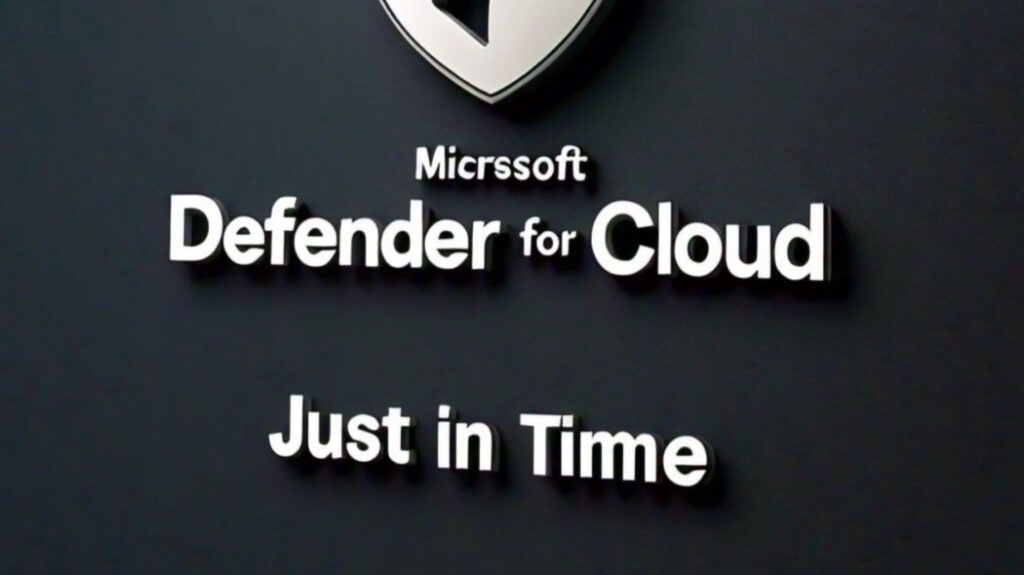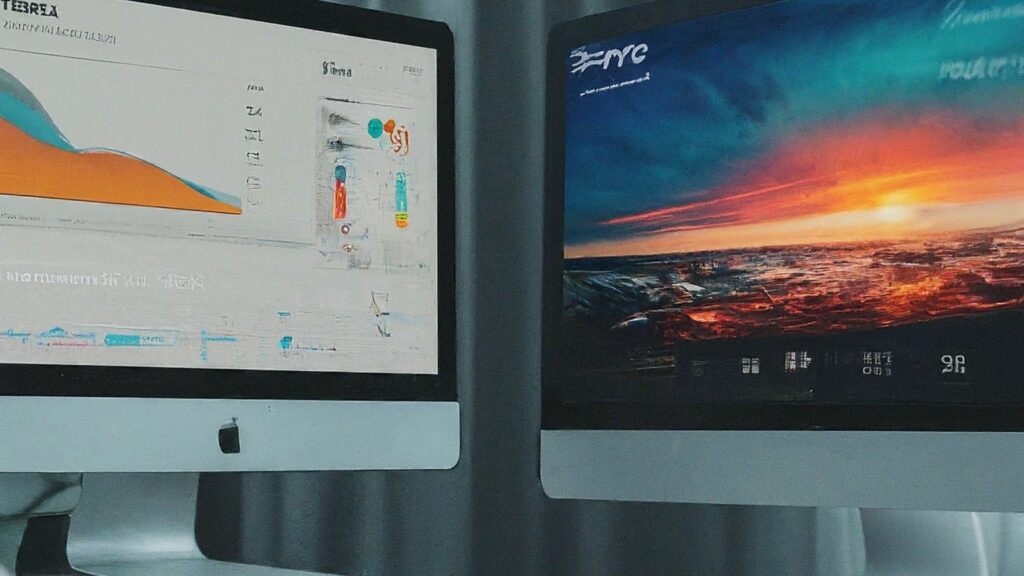Unlock Productivity and Boost Security with Self-Service Password Reset (SSPR)!
Tired of endless password reset requests drowning your IT support team? It’s time to empower your users with Self-Service Password Reset (SSPR) in Azure! 🚀 By enabling SSPR, you’re not just freeing up your IT team but also significantly enhancing security. Users can quickly and securely reset their passwords without relying on IT, reducing downtime […]
Unlock Productivity and Boost Security with Self-Service Password Reset (SSPR)! Read More »










